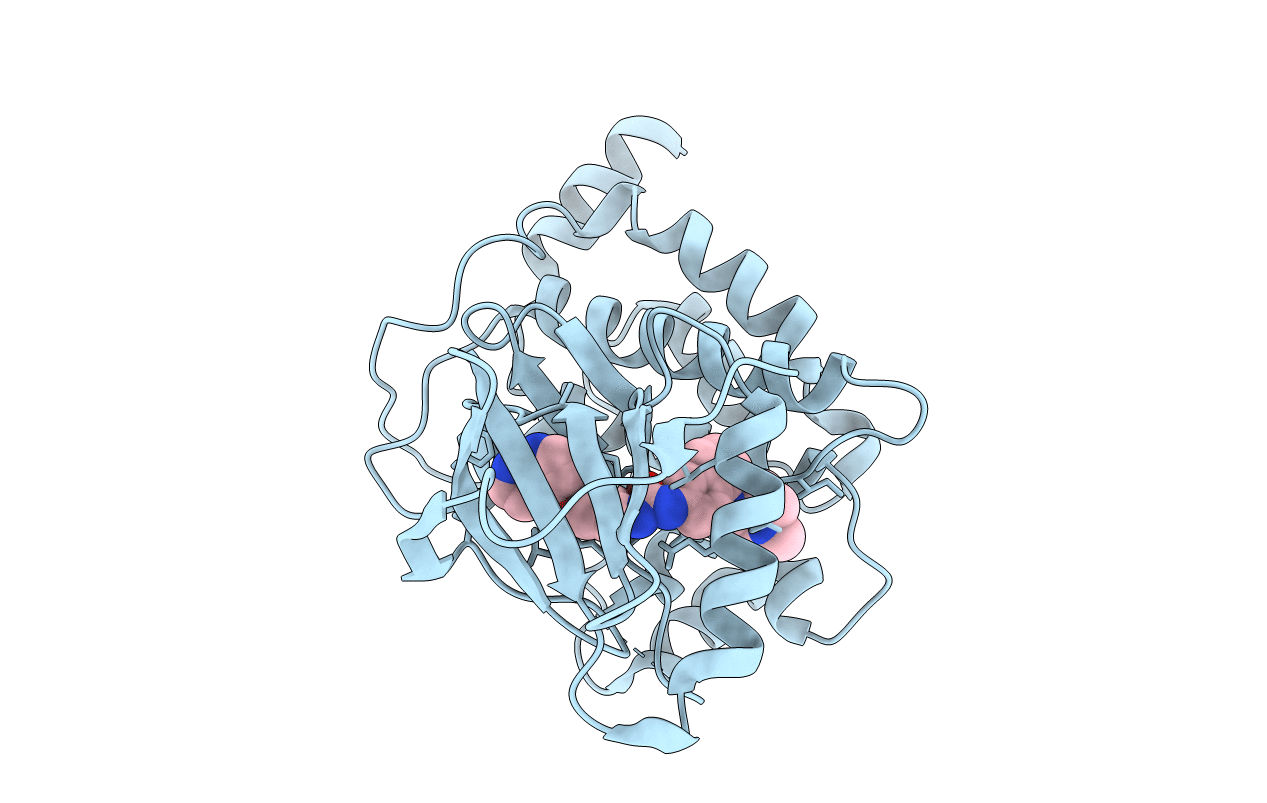
Deposition Date
2016-06-29
Release Date
2016-11-16
Last Version Date
2023-11-08
Entry Detail
PDB ID:
5GJD
Keywords:
Title:
Crystal structure of human TAK1/TAB1 fusion protein in complex with ligand 2
Biological Source:
Source Organism:
Homo sapiens (Taxon ID: 9606)
Host Organism:
Method Details:
Experimental Method:
Resolution:
2.79 Å
R-Value Free:
0.24
R-Value Work:
0.19
R-Value Observed:
0.20
Space Group:
I 2 2 2


